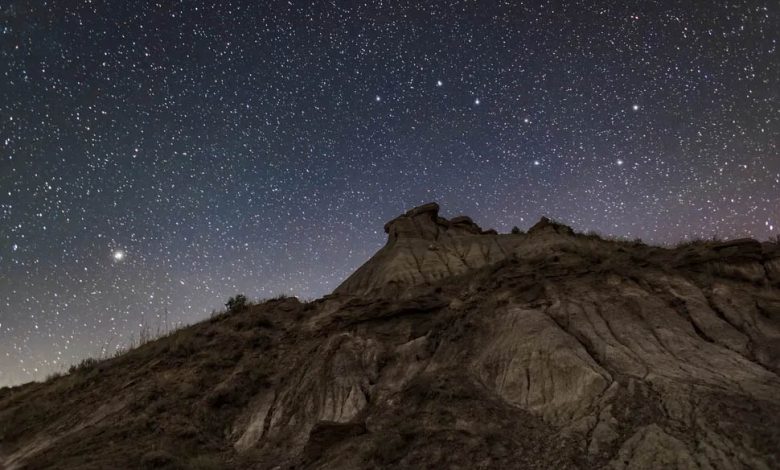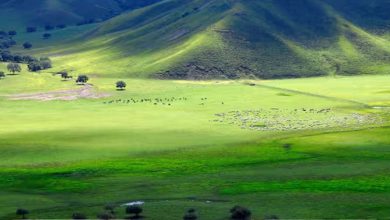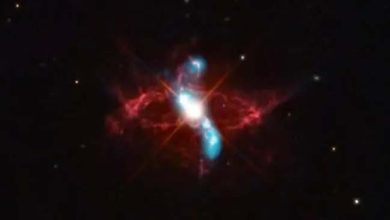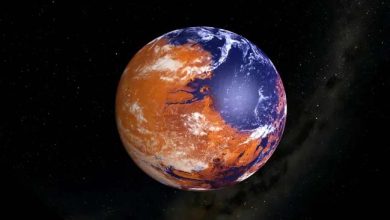Planets, stars and more visible in tonight’s sky

Science: There’s a lot to see in the sky tonight, here’s what you can expect to see. A good telescope or pair of binoculars will help you spot some of the fainter objects in the night sky. However, unaided eyes are enough to explore its stars and constellations, see the moon, experience meteor showers, and spot satellites in the night sky.
Read on to find out what you can expect to see in the night sky tonight, from planetary conjunctions to ever-changing moon phases, meteor showers, and more. Want to see even further? Check out our monthly night sky guide, our brightest planets guide also tells you which planets will be visible this month and when. Here’s a well-known star-hop that will work well this month but will become nearly impossible by November.
Face north-northwest when it’s completely dark, and you’ll see the familiar shape of the Big Dipper, with its seven stars shaped like a bowl (on the right) and a handle (on the left). Follow the curve of its handle and keep going, and you’ll reach Arcturus, which is below the western horizon. About two hours after sunset, Arcturus will set, and the Big Dipper will be dead on the northern horizon. — Jamie Carter
A delicate crescent moon next to Venus is one of the most beautiful sights in the sky and one of the highlights of October sky-watching. It’s likely to be seen by anyone who looks southwest in a clear sky just after sunset tonight, where a delicate 9%-illuminated waxing crescent moon will shine very low on the horizon, just below and to the left of the planet. They’ll be about four degrees apart, about the length of your three middle fingers. Venus will likely be easier to see. — Jamie Carter
Although the moon is about one-fifth of the way through its journey around Earth, it’s still a thin crescent and very close to Venus. Tonight, the 15%-illuminated waxing crescent moon will shine to the left of Venus and will likely be easier to see than last night. You’ll also see “Earthshine” on the dark side of the moon — sunlight reflecting off Earth’s oceans and ice sheets. — Jamie Carter





